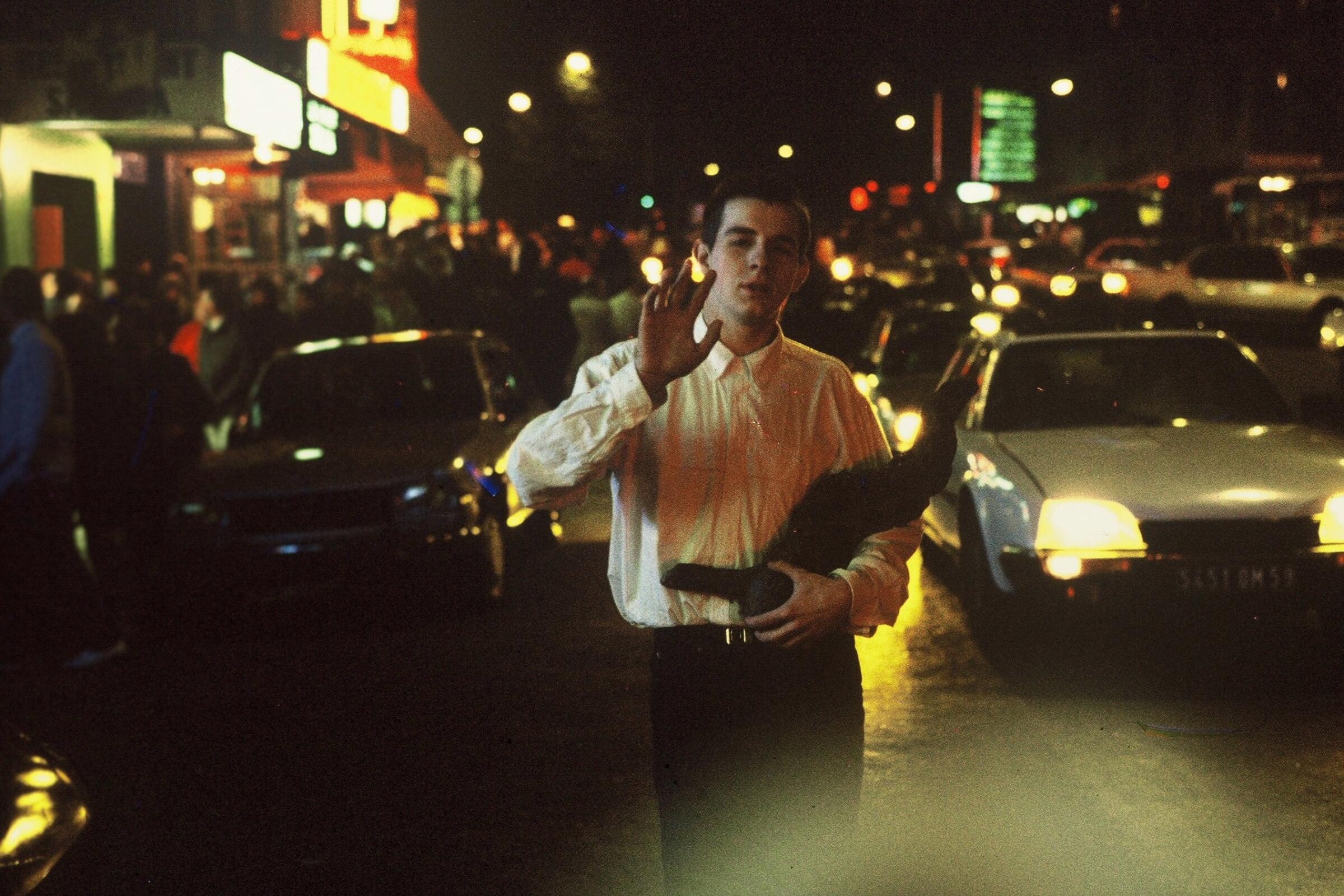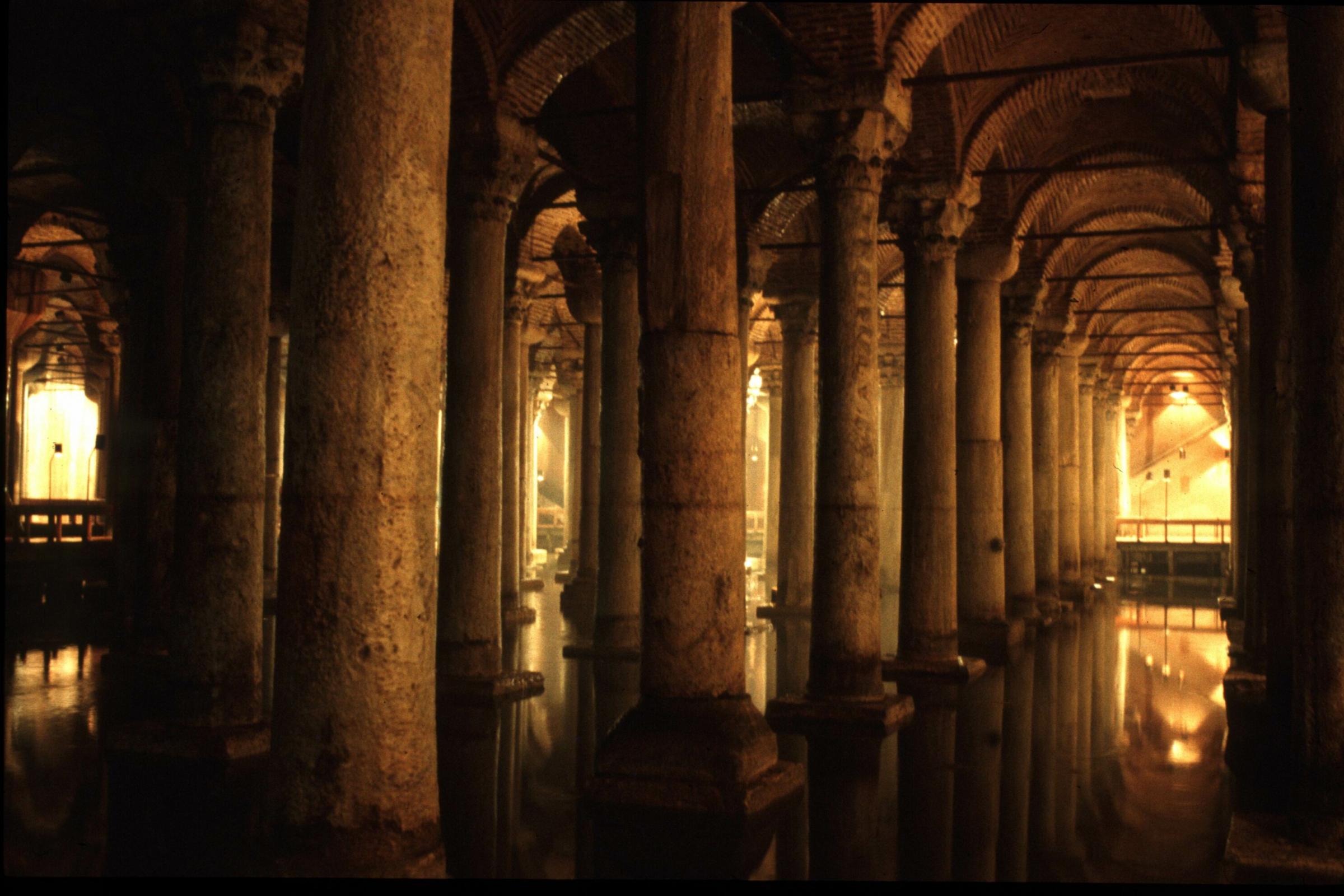
“DE VLEERMUIS” (The Bat), 2014-2019
“De Vleermuis” has become one of Johan Creten's most iconic bronze works. First created in 2014, the work is initially monumental, participatory and sensitive (a staircase shaped into its back allows visitors to climb the sculpture), the work is made to be touched, ridden and is even thought of as a fountain in Blosward. From Rome to Sweden, passing through Paris, Roubaix and the Netherlands, “De Vleermuis” is exhibited around the world, traveling by land or by air. It also comes in more intimate versions, like mysterious, marvellous totems.
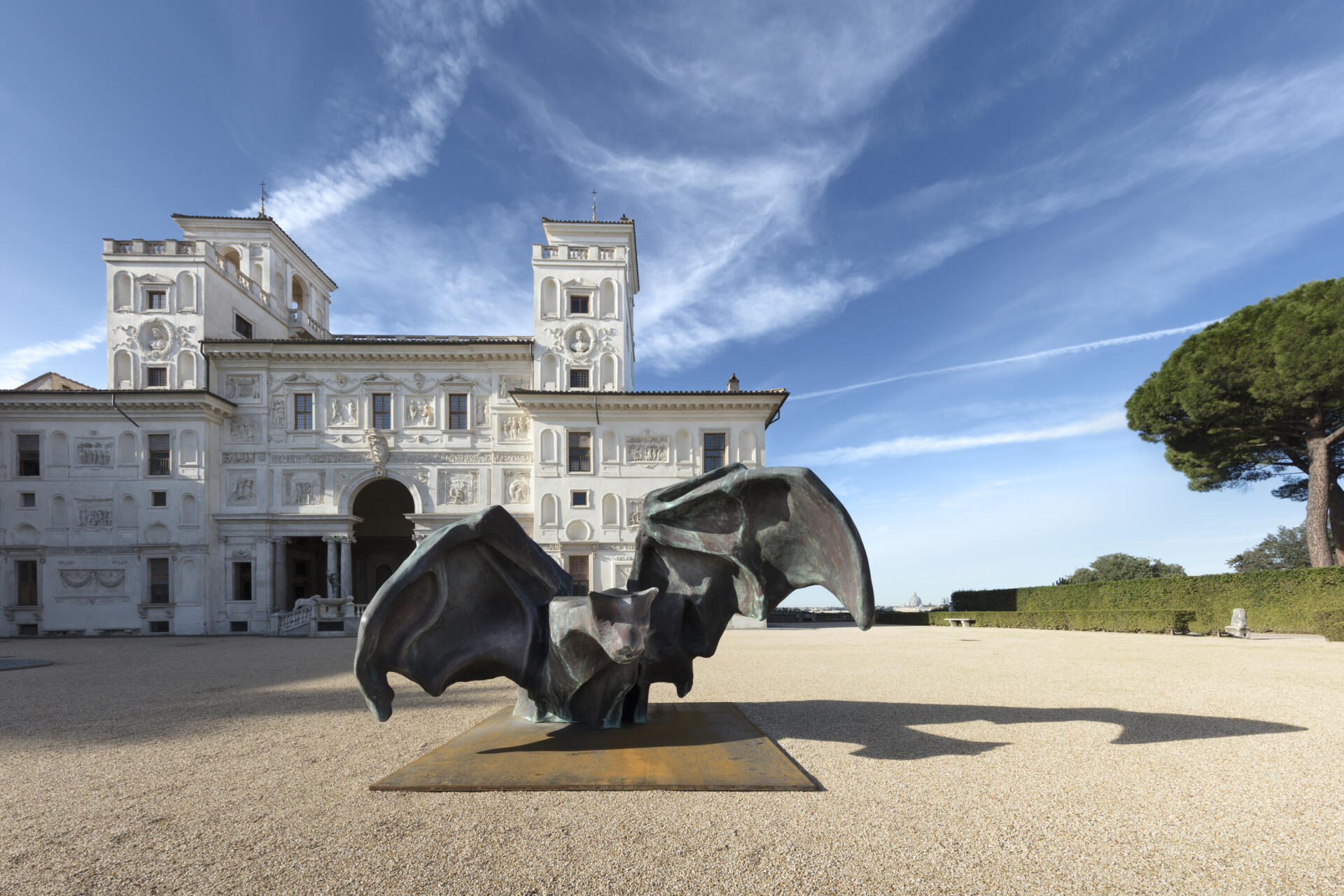
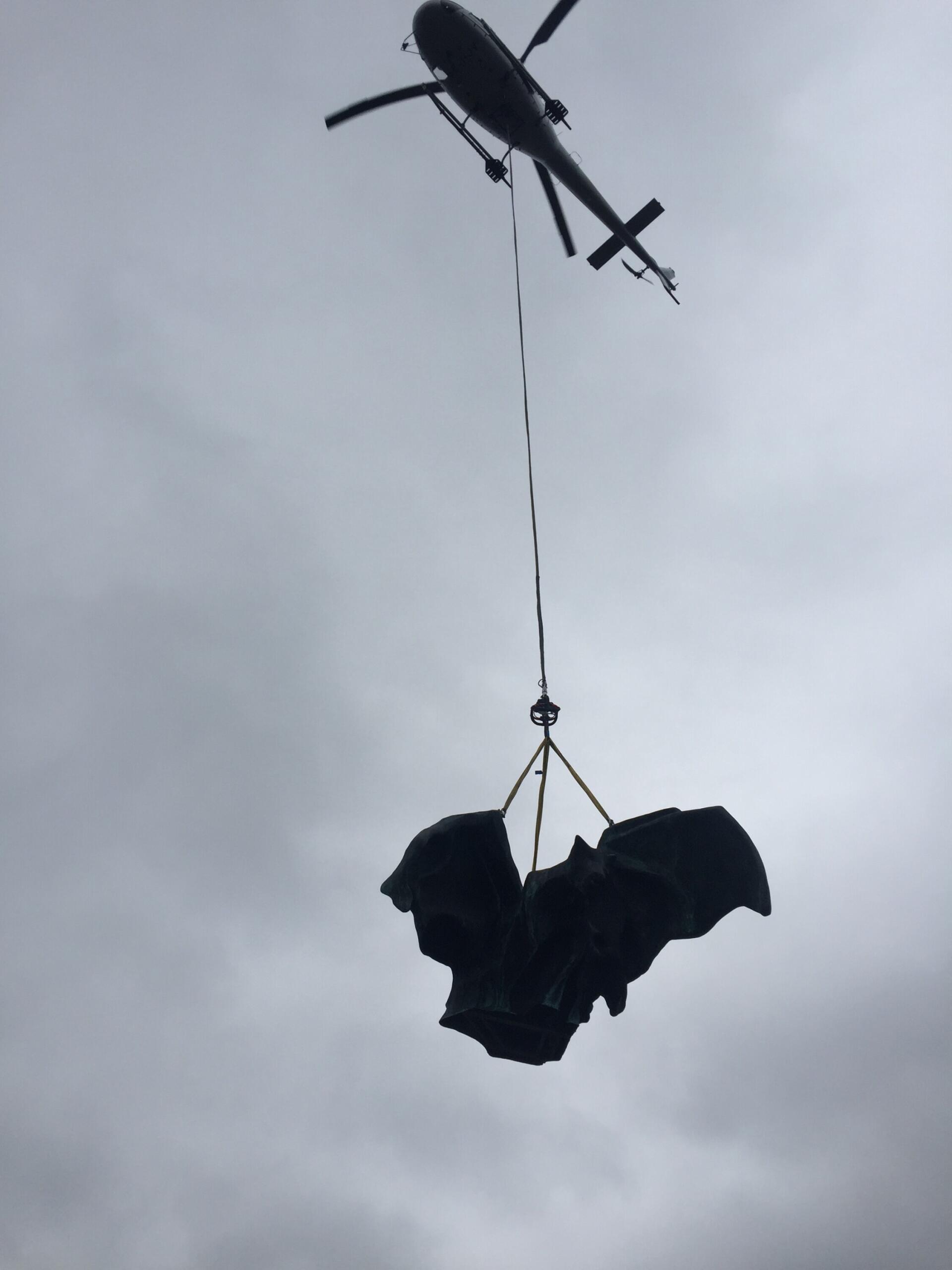
During one of my visits to Bolsward (Netherlands), looking at the shape of the facade of Broerekerk Church, I suddenly saw the image of a bat
in front of me. Mysterious and wonderful, bats are animals that fascinate and intrigue, folk tales are also filled.
They are also useful animals that play a crucial role in our ecological system. In Tjerkwerd, a village near Bolsward, every year a large colony
of a rare species of bat is counted carefully.
The bat is not only a beautiful animal visually, but it is also very symbolically charged.
In Asian culture, it means wealth, happiness, and the promise of blessed old age.
In Western culture, the bat generally represents night and dark forces, which can be found, for example, in the Gothic subculture.
In popular culture, on the other hand, the bat also symbolizes a positive and saving force, think “Batman”.
On the tarot cards, it represents the Renaissance in the form of “gargoyle”, found on the facades of the great cathedrals, where they keep the demons
at a distance.
This last meaning perfectly evokes the story of Broerekerk’s church, burned and rebuilt.
Thinking about the modeling of the work and the concrete form it could take, I suddenly had a second impression: “Why not make sure that the visitor can symbolically overcome the work? Would not it work even better?
So I placed a staircase at the back of the statue to invite the visitor to climb the bat and ‘overcome’”.
To transcend oneself.
In this way, the bat can become a major attraction and gain a healing function, compared to the burned church in front of which it is presented. The bat is therefore attributed multiple interpretations, which, like the work of art, give it a plural status, a meaning that escapes us.
The meaning of a work must escape us.
It becomes a new mystery in the city.
Johan Creten, Paris 2017
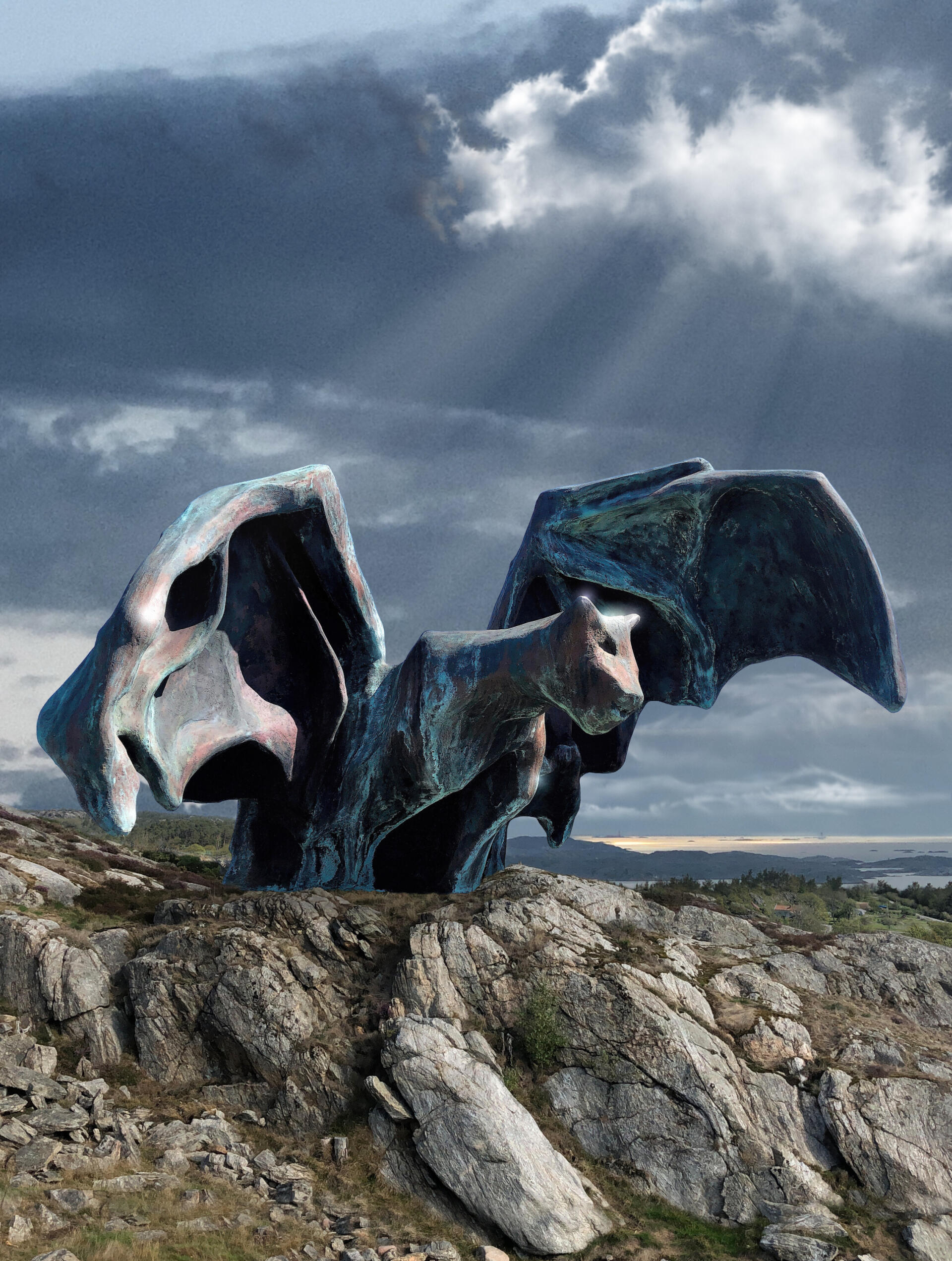
THE TROGLODYTIC NIGHT
Empire of light
The night illumines in the dark
Emerging worlds
Rooms where we eat
Bedrooms where we sleep
From the blind street
The lit windows
Desecrate the interiority
The forgotten curtains
Reveal the inviolate
With the night
The public good
Becomes private
Intimate underside
Minute underworld
Reversal of values
Solarization of the visible
Reversal of things
The night repeats under the moon
An antipodal world
Reverse of the day
Endless ubac
Backwash of the sun
The troglodytic night
Electrifies without radiating
Upside down
It crowns forever
The reverse and smooth beauty
Of the bat
Its head down, its heart bare
Colin Lemoine, 2018

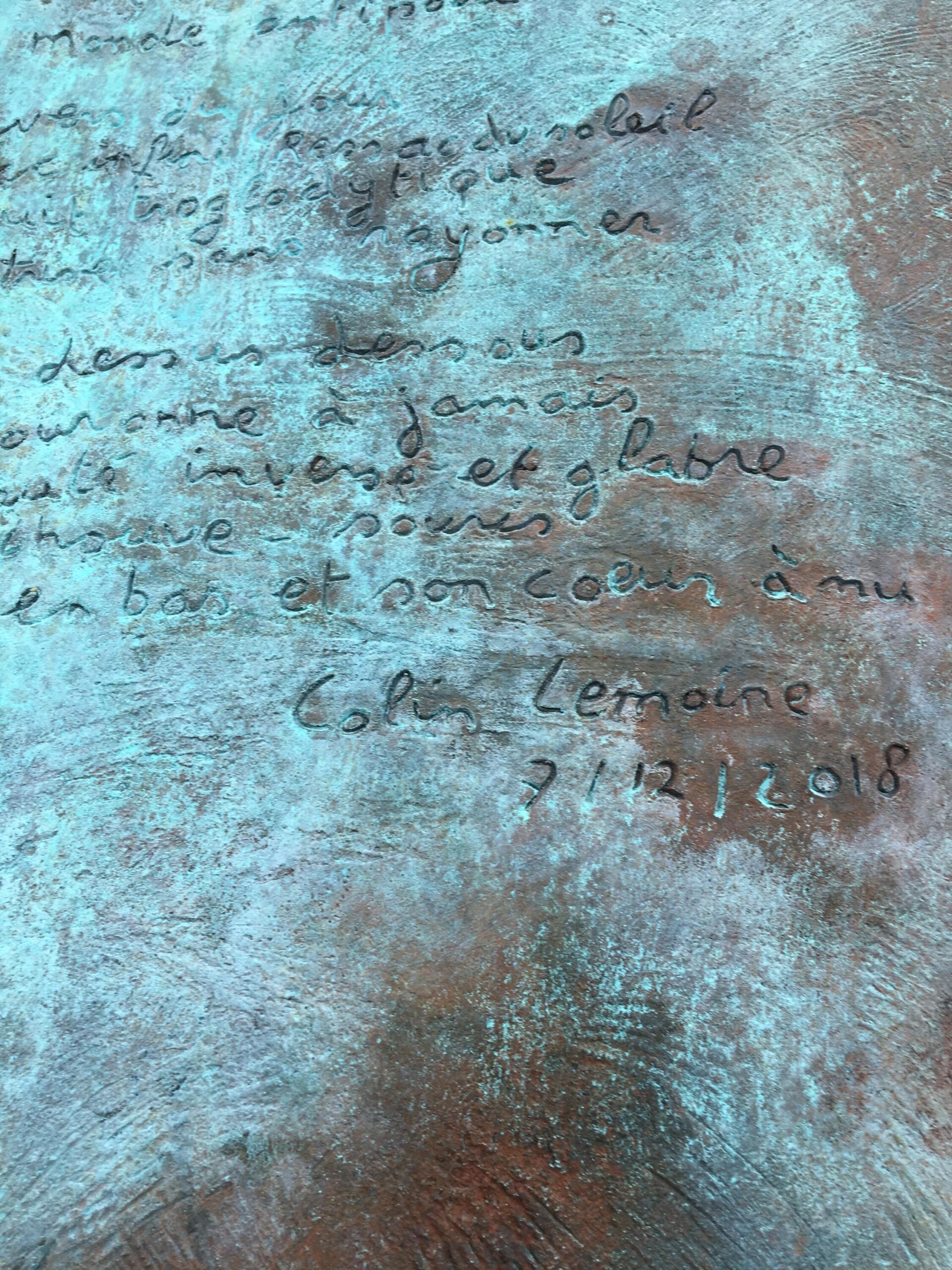
PENUMBRAE 51
Fear
The black mass
Of the woods, at night,
Inebriates me, perhaps even
Intoxicates me – we’ll see.
My eye sinks
Into this profound
Mourning that grows darker
And that fades away...
The black mass...
Count Robert de Montesquiou
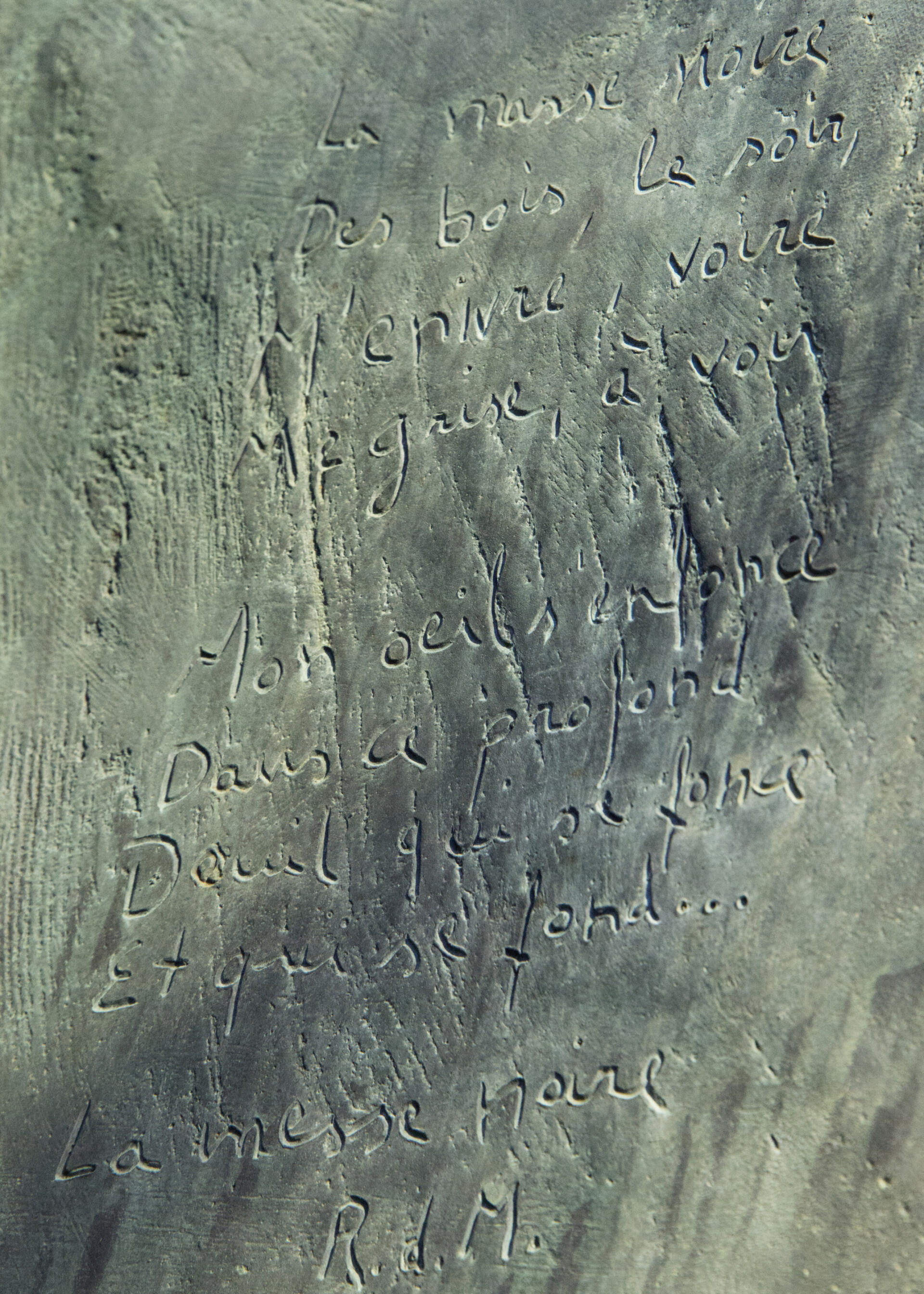
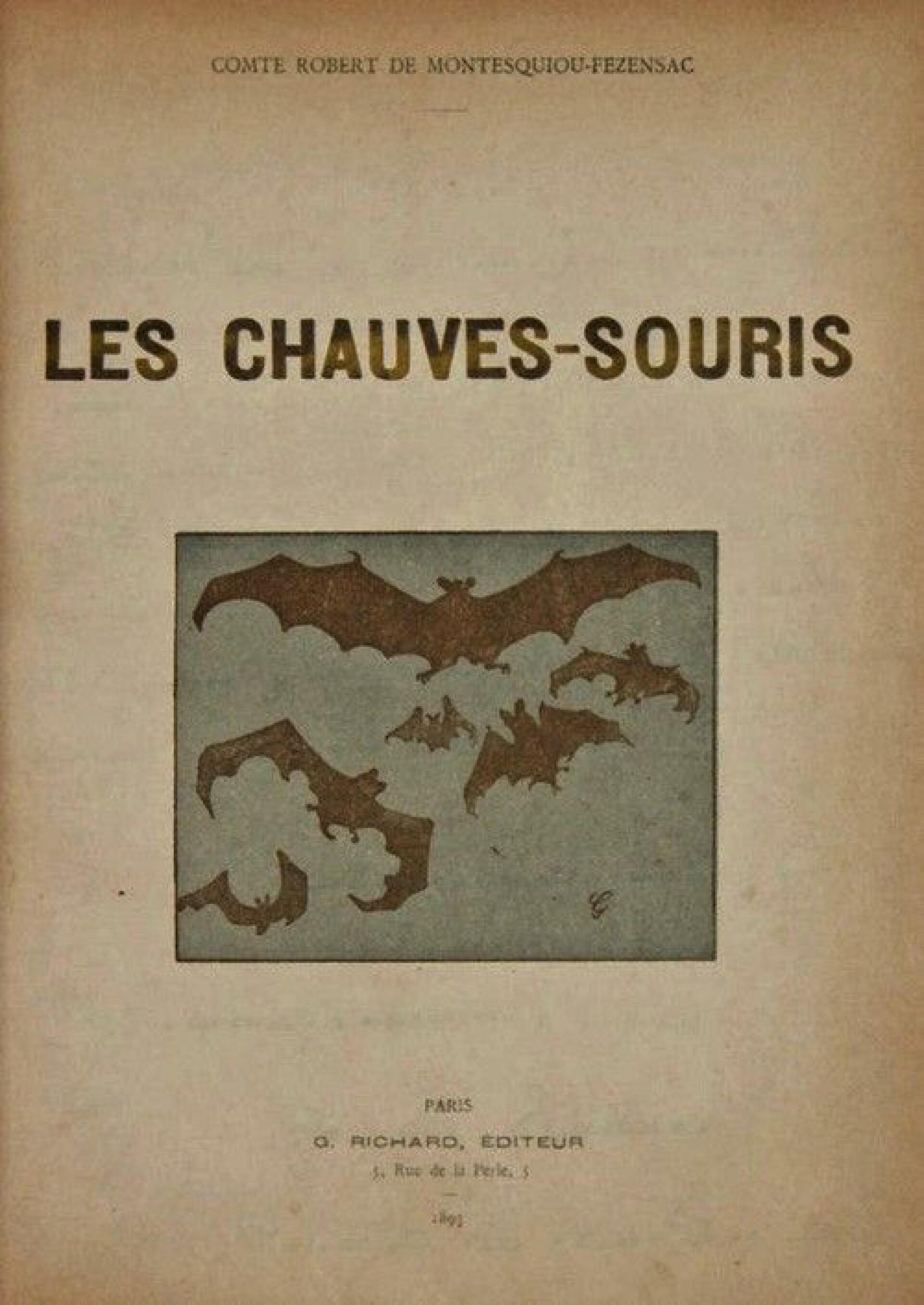
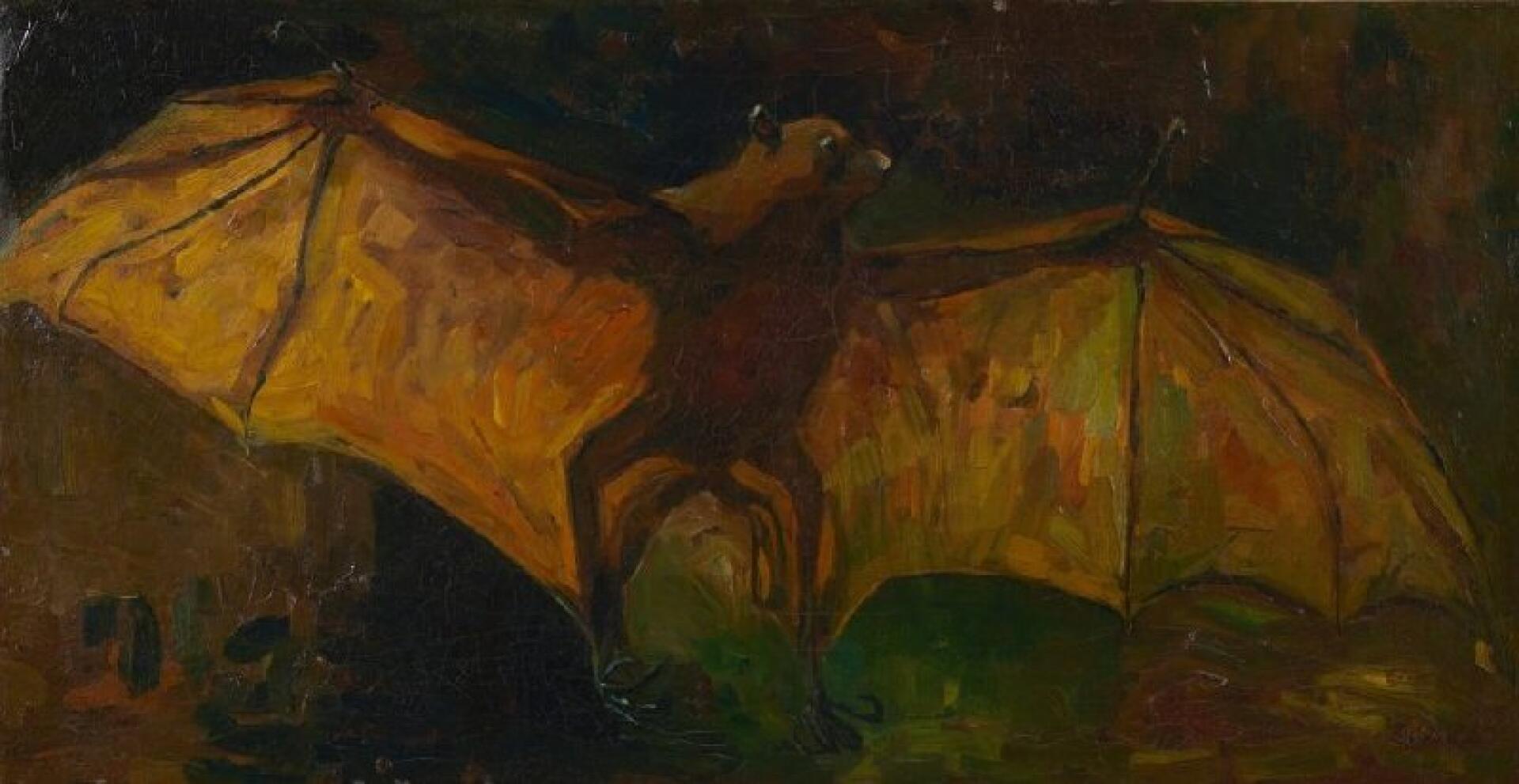
All versions
Glazed Stoneware on a special base in wood created at Struktuur 68
47 x 108 x 53 cm / 11 kg
Three unique studies
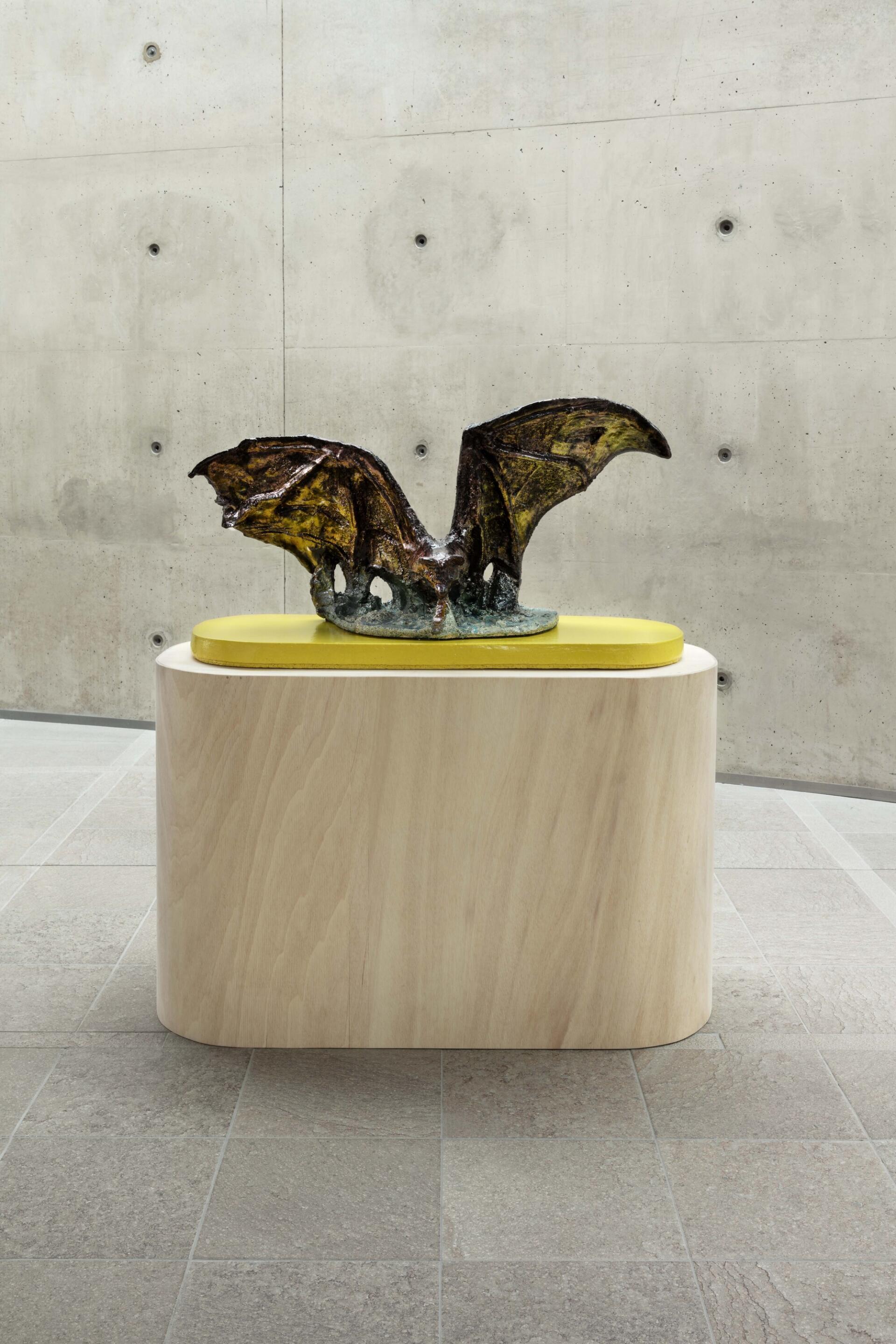
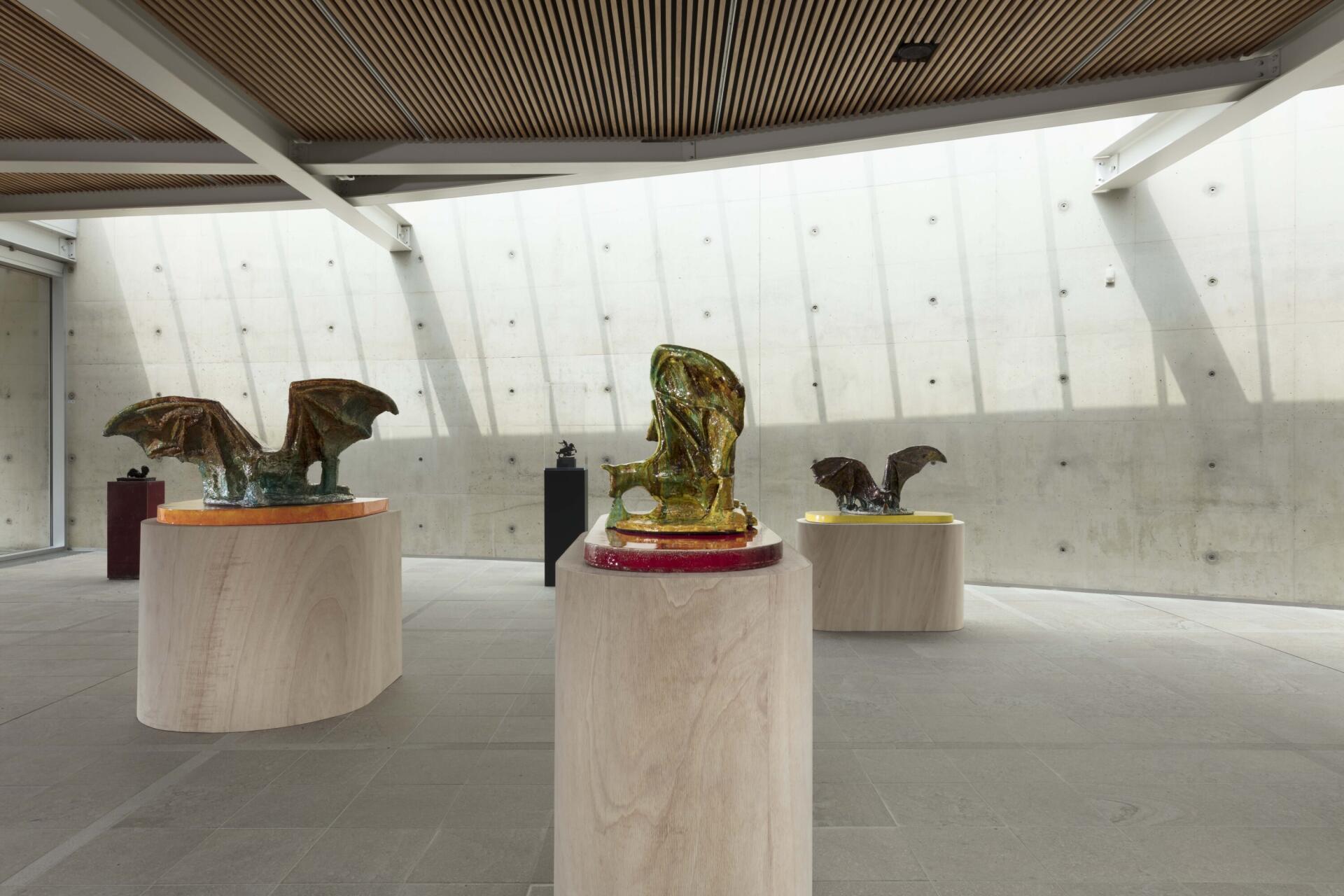
Resin version
385 x 230 x 240 cm / 300 kg
Unique work
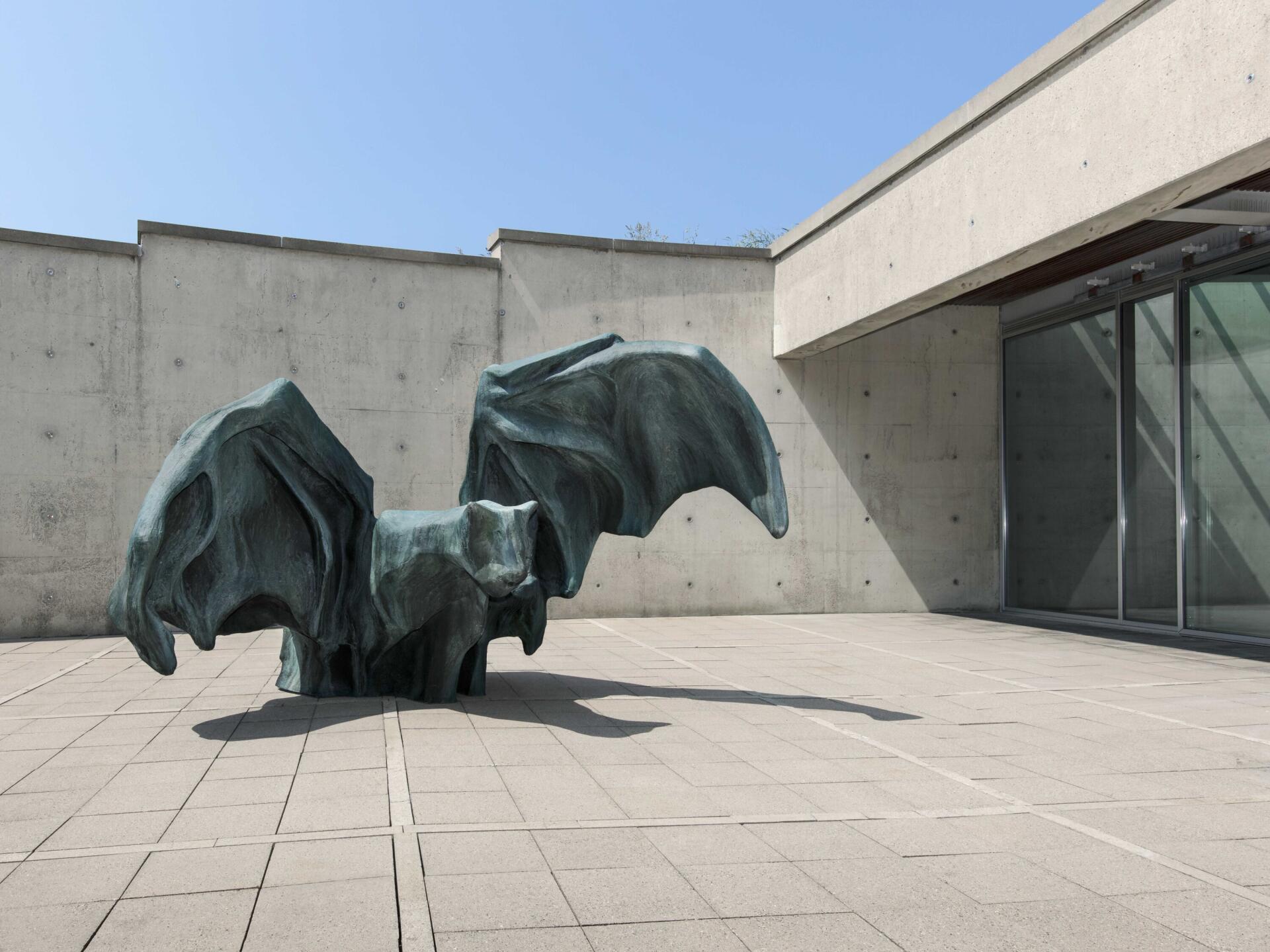
Patinated bronze, lost-wax casting, titled, signed, dated, numbered in the mass, “eagle” seal, foundry stamp.
Unique « fountain » version permanently installed in front of the Broerekerk church in Bolsward, The Netherlands. With poems by the Count Robert de Montesquiou, engraved in the mass.
385 x 230 x 240 cm / 1220 kg
Cast in 2017-2018
Unique work

Patinated bronze, lost-wax casting, titled, signed, dated, numbered in the mass, “eagle” seal, foundry stamp
With two poems by Colin Lemoine and by Aggie van der Meer engraved in the mass.
230 x 380 x 240 cm / 1265 kg
Cast in 2018-2019
N°1/3 of an edition of 3 + 1 EA and a unique « fountain » version.
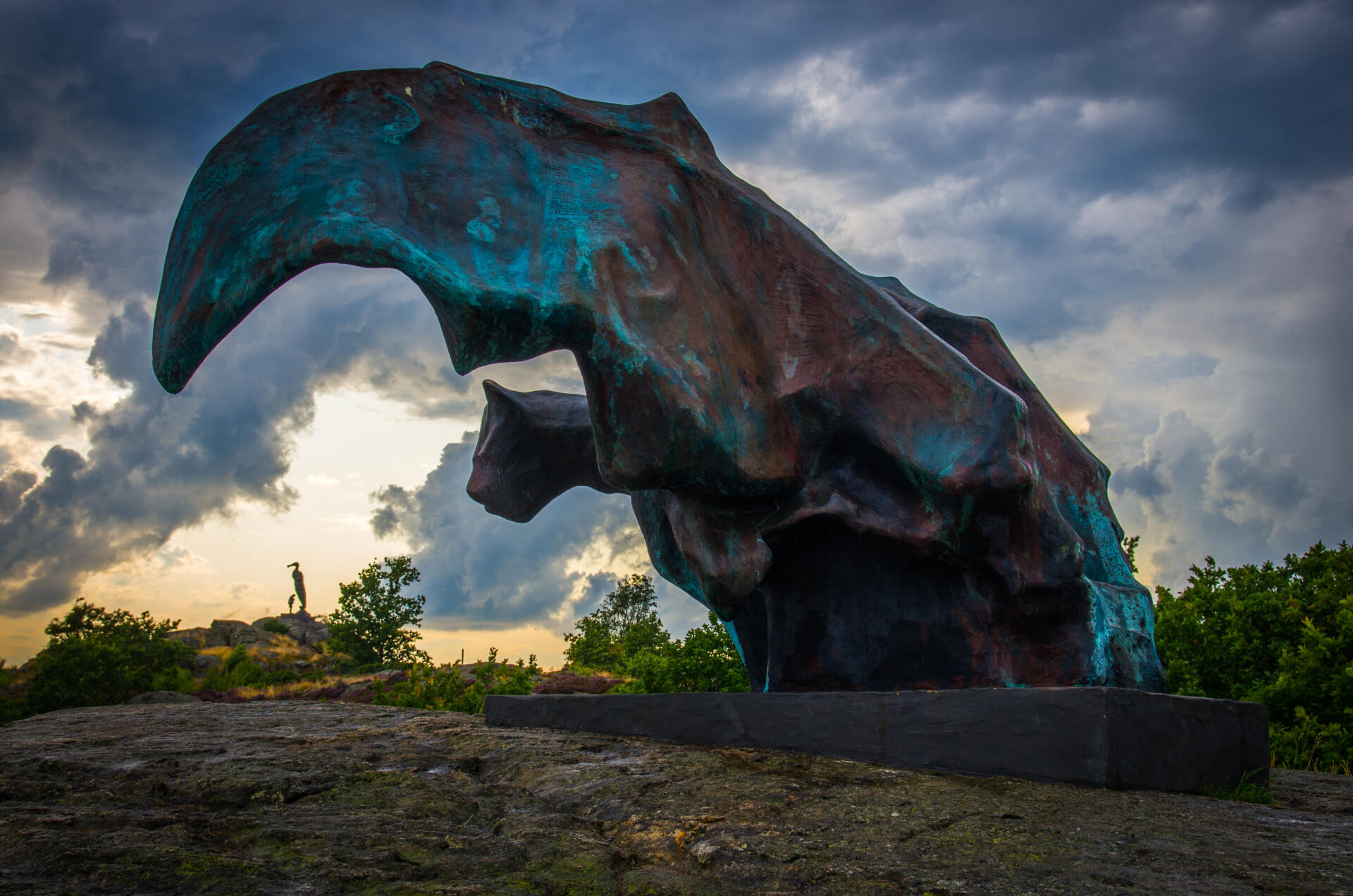
- “De Vleermuis on the block”, 2018-2019
Patinated bronze, lost wax casting, numbered, “eagle” seal, foundry stamp
45 x 61 x 35 cm / 30 kg
Edition of 7 + 2 AP
- “De Vleermuis on the pool”, 2017
Patinated bronze, lost-wax casting after a resin model, titled, signed, dated, numbered in the mass, “eagle” seal, foundry stamp
17 x 30,5 x 22 cm / 15 kg
Edition of 8 + 1 AP
- “De Kleine Vleermuis”, 2020-2022
Patinated bronze, lost-wax casting after a resin model, titled, signed, dated, numbered in the mass, “eagle” seal, foundry stamp
11 x 18 x 14 cm / 1,2 kg
Edition of 24
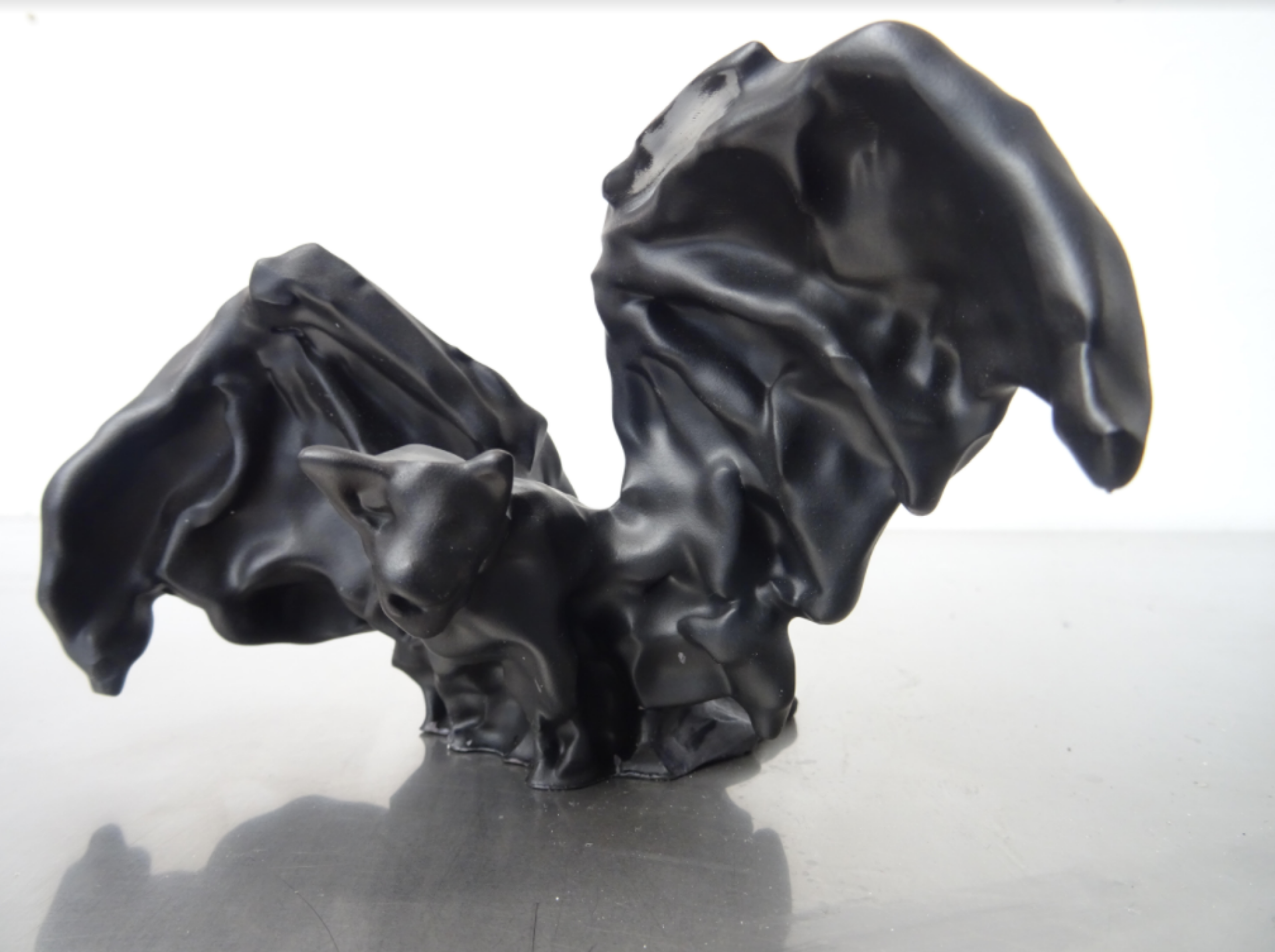
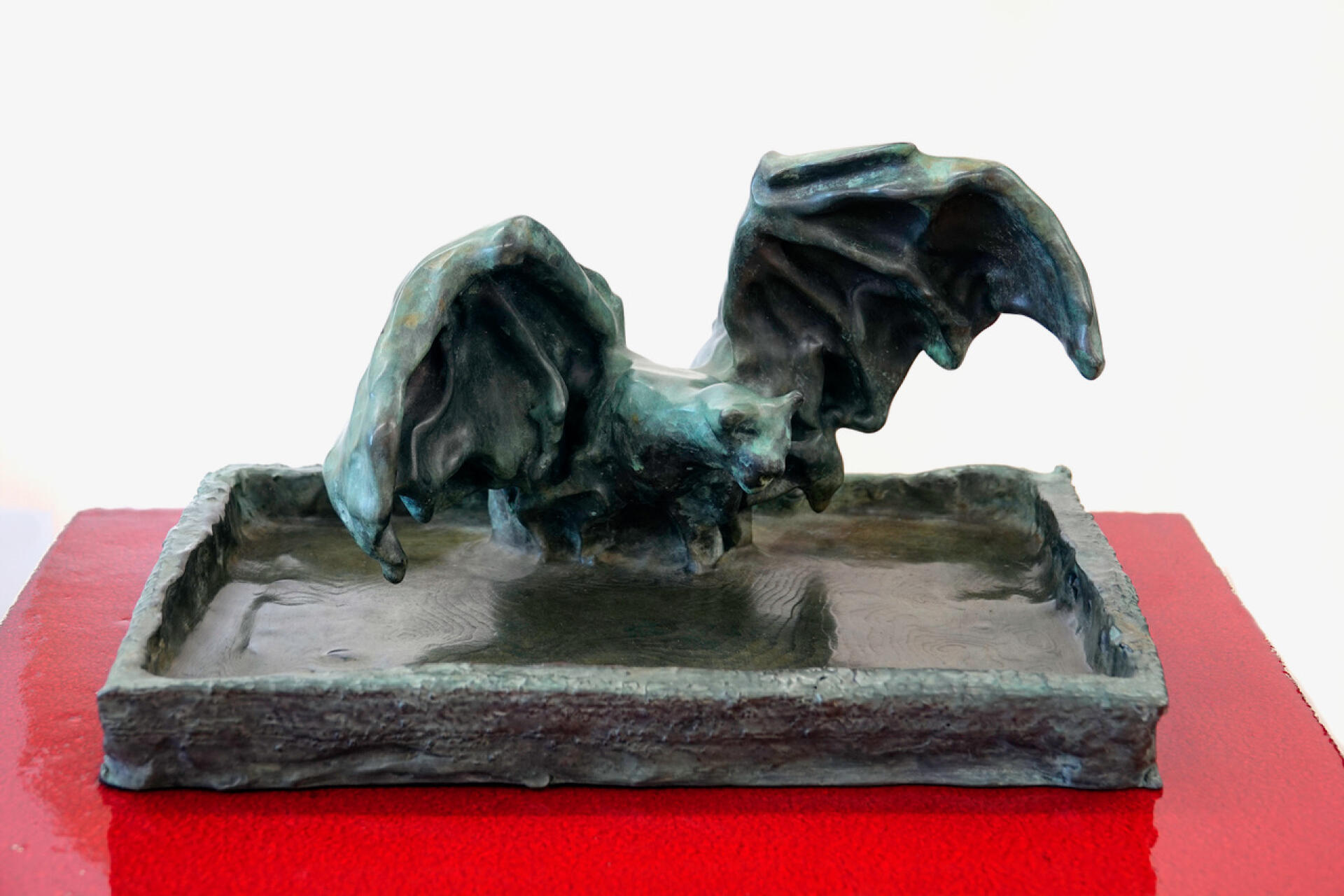
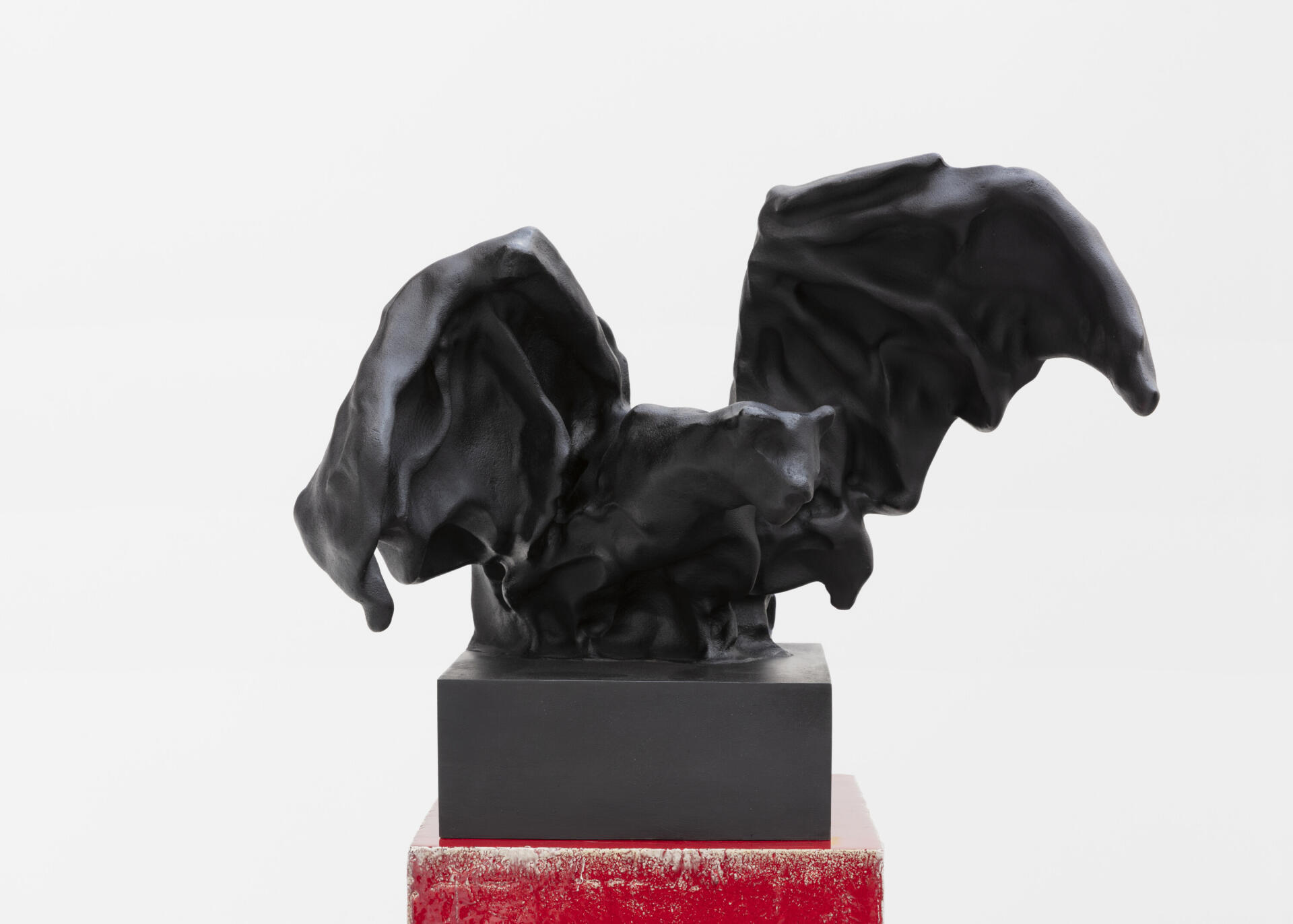
- “BESTIARIUM”, Museum André Diligent - La Piscine, Roubaix, France, March 12 - May 29, 2022
- “I Peccati”, French Academy in Rome - Villa Medici, Roma, Italy, October 15, 2020 - May 23, 2021
- “Djur natur skulptur”, Pilane heritage museum - Kloevedal, Sweden, May 18 - September 29, 2019
- Permanent installation, forecourt Broerekerk church, Bolsward, The Netherlands, since 2016
- “Wildlife Nature Sculpture”, La Gazette Drouot, Henri-François Debailleux, September 3, 2019
- Dick Leijnse, “11 fonteinen in Friesland”, pp.10-11, BAZ Magazine, Belgium, May 2018
- Patrice Jouêtre, “Le beau capital de Leeuwarden”, p.15, Télérama, France, 21 February 2018
- Gitte Brugman, “Harlinger walvis de moiiste (foto)”, Leeuwarder Courant, Belgium, July 5, 2018
- Antje Weber, “Kunst kommt von Nebel’”, Süddeutsche Zeitung, Germany, May 30, 2018
